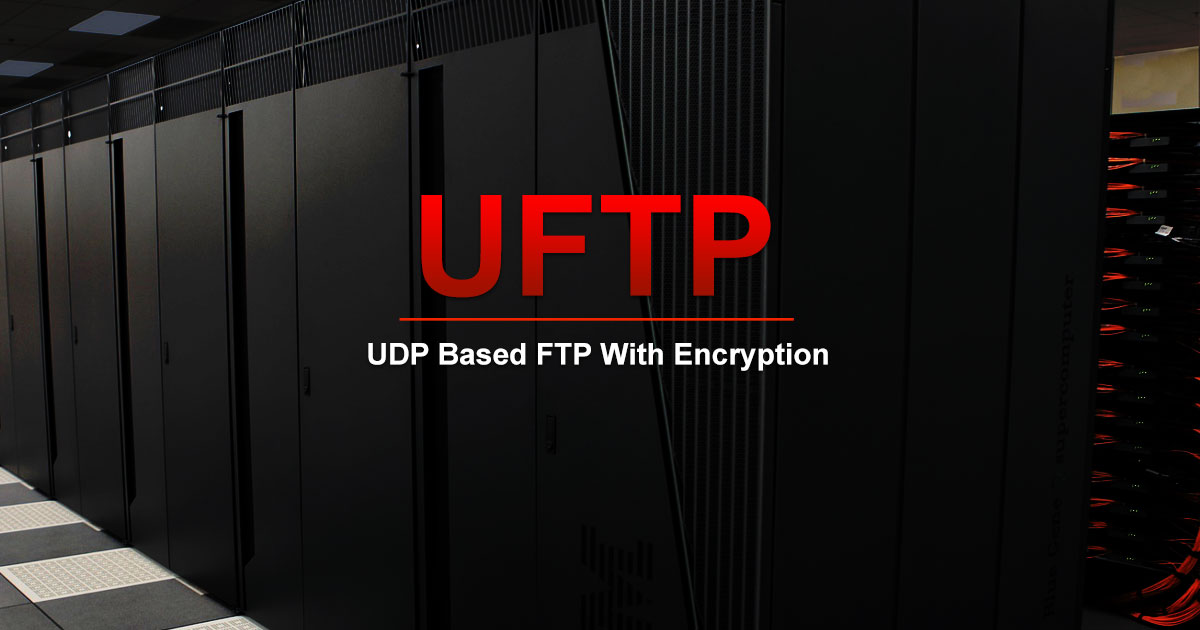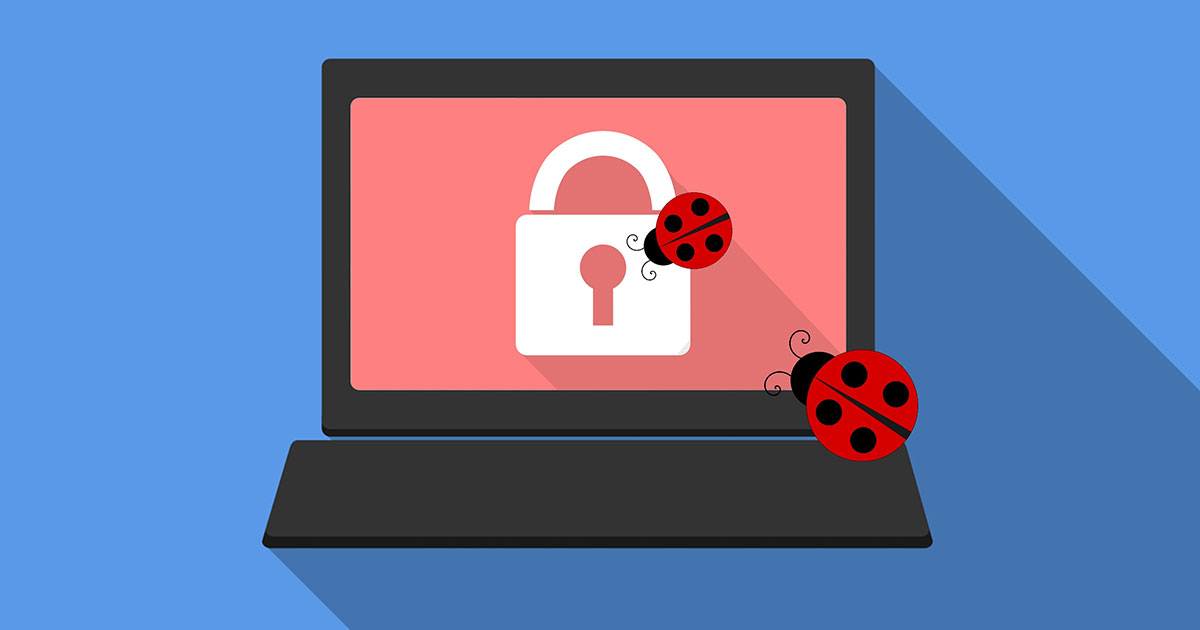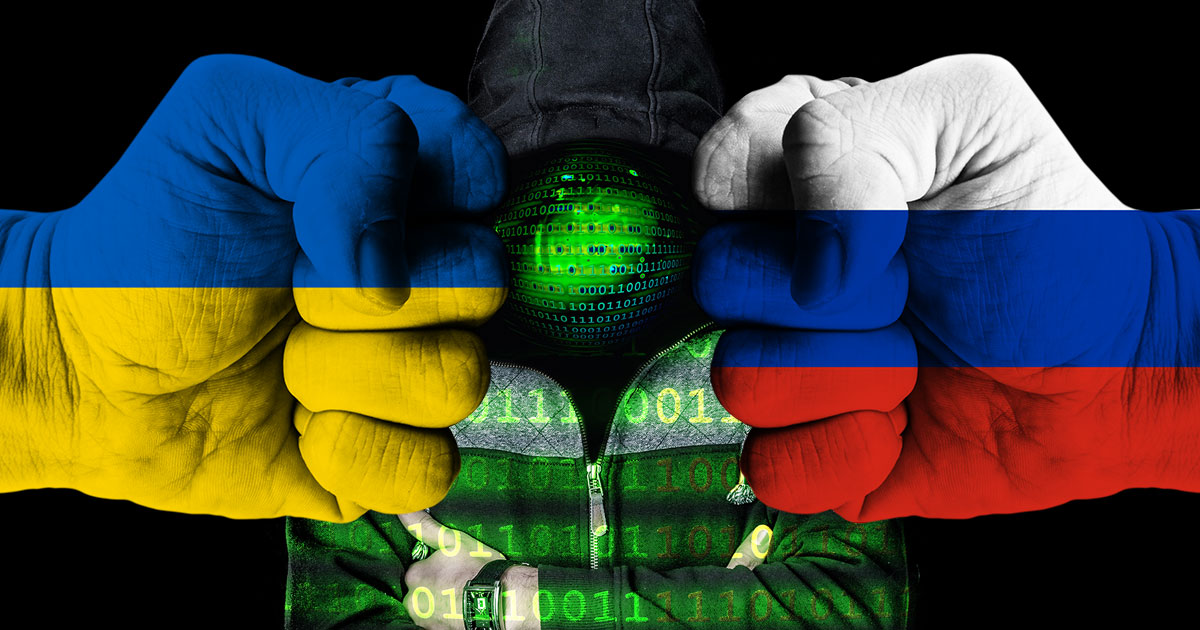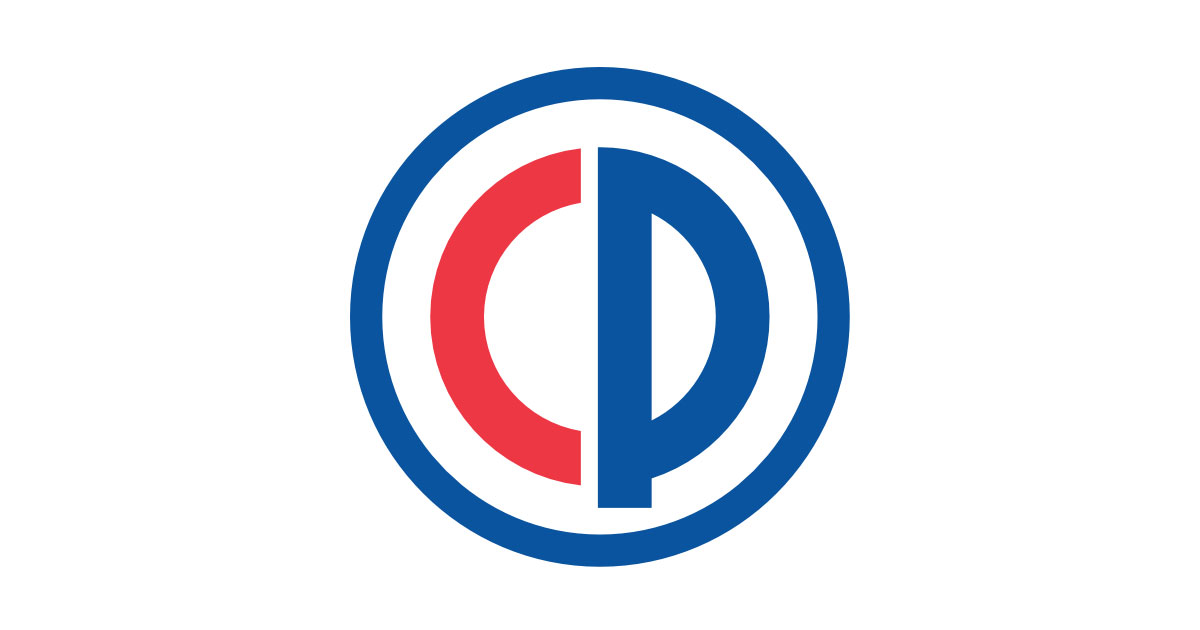
A Breach Wrapped in Deception!
Yes, all breaches do not just break code — there are breaches that also break trust and Allianz Life Insurance firm just learned that the hard way.
July 2025 witnessed one of the darkest cyber heists of the year. Through a haunting social engineering ploy, cybercriminals tricked one of the most leading firms in the insurance industry in India, breaching the personal data of 1.1 million unsuspecting customers.
There was no firewall collapse or any malicious code — but this started with just a conversation that triggered the breach. Names, Phone Numbers, Birthdays, Emails and addresses— each and every piece of identity was exposed. So, the cyberattack leaned on social engineering that manifests the art of manipulating human trust. Artfully, hackers executed pretexting and credential harvesting techniques and gained entry to the company's most critical system: its Salesforce's Customer Relationship Management System.
How did Attackers Break In?
According to a well-known writer, Florence Nightingale of Cyber Security News, analysed that the cybercriminals deceived the employees of Allianz through vishing calls or phishing emails. Don't you think the method was as clever as chilling?
Through Pretexting, the hackers pretended to be the trusted contacts of the staff.
They launched vishing calls, persuading employees to give up credentials.
And lastly, phishing emails lured the staff into handing over login details.
So, with stolen authentication token and access credentials, the hackers bypassed all security controls and cracked databases of customers stored in Salesforce's cloud infrastructure. As cyber defenders explained later, the weakest point was not the system — it was human judgment.
What Data was Exposed?
The breach laid bare six categories of critical customer data:
- Email addresses
- Full names
- Phone numbers
- Physical addresses
- Dates of birth
- Gender information
Each of the above data points represents a building block of identity. And you know what is the dark truth? 72% of the leaked email addresses were already in the “Have I Been Pwned” database. So, this indicates attackers can now combine old leaks with new details— crafting attacks that are more convincing, sharper and far more devastating.
According to cyber experts, such data fusion is exactly what makes modern identity theft so difficult to defend against. It gives criminals a treasure chest for phishing, scams, and even deepfake-driven fraud.
The Ultimate Response: Damage Control in Action
Allianz Life responded instantly, rolling out emergency measures. The moment the breach came into light, the company took certain actions:
- Access control reviews to shut down compromised systems.
- Credential reset to cut off stolen passwords.
- Strengthened Multi-Factor Authentication (MFA).
- Deep Forensic analysis and threat hunting for traces of APT intruders.
Currently, Allianz Life has taken the step to bring in external cyber defenders to trace the intruders and mitigate any exploitations in future. However, one big question cannot be avoided — could stronger human-centered defences have prevented this breach in the first place?
Time for some lessons from the Breach!
This incident definitely underscores certain hard truths:
Even top-tier cloud services like Salesforce are only as secure as the users employing them.
Social engineering outsmarts traditional security controls more often than brute-force attacks.
Organisation should not neglect Security Awareness Training (SAT) — a small glitch can open doors widely for the intruders!
The Allianz Life breach brought in a harsh reality: in the contemporary time, attackers don't hack computers anymore, they hack trust of common people.
As cyber experts constantly remind us, human error is now the frontline of cybersecurity. That is why cyber defenders argue for continuous employee awareness programs, simulated phishing tests, and zero-trust access models.
Rather, the human mind is the new entry point of the cybercriminals — Stay aware of it!
What should be done then?
Maybe, you are not among one of the 1.1 million affected customers, but still, you have to stay safe in today's threat landscape. So, on immediate basis, customers need to take these necessary steps:
- Changing password: especially if they reuse them across multiple sites.
- Enabling Two-Factor Authentication (2FA) everywhere they can.
- Keeping an eye on their email, bank accounts and credit reports to monitor any identity theft.
- Check Have I Been Pwned – in this incident, the breach was added on August 18, 2025, so customers can confirm if their data was exposed.
Even here, cyber defenders stress that users should not just change passwords but also avoid reusing them across platforms. Meanwhile, cyber experts advise enabling biometric authentication where possible for stronger protection.
One last Wake-Up Call!
Cyber experts analysed: the Allianz Life breach is more than just a data spill—it's a warning to every enterprise and the staff members.
- Firewalls didn't fail.
- Encryption didn't fail.
- Human judgment failed.
And that's exactly what attackers are counting on.
In a world where cybercriminals weaponize trust, security awareness is no longer optional—it's essential. Until companies embrace zero-trust architectures and prioritize human-focused defence, incidents like Allianz will only grow more common.
As cyber defenders put it: your data is only as safe as your most cautious click.
Stay alert. Stay secure.
Exclusive Blog
Read All Exclusive Blog »
With world working from home, it's time to make it enjoyable and effective.
Read DetailsHacking Tools
Explore All Hacking Tools »
UFTP is an encrypted multicast file transfer program for secure, reliable & efficient transfer of files. It also helps in data distribution over a satellite link.
Read Details










